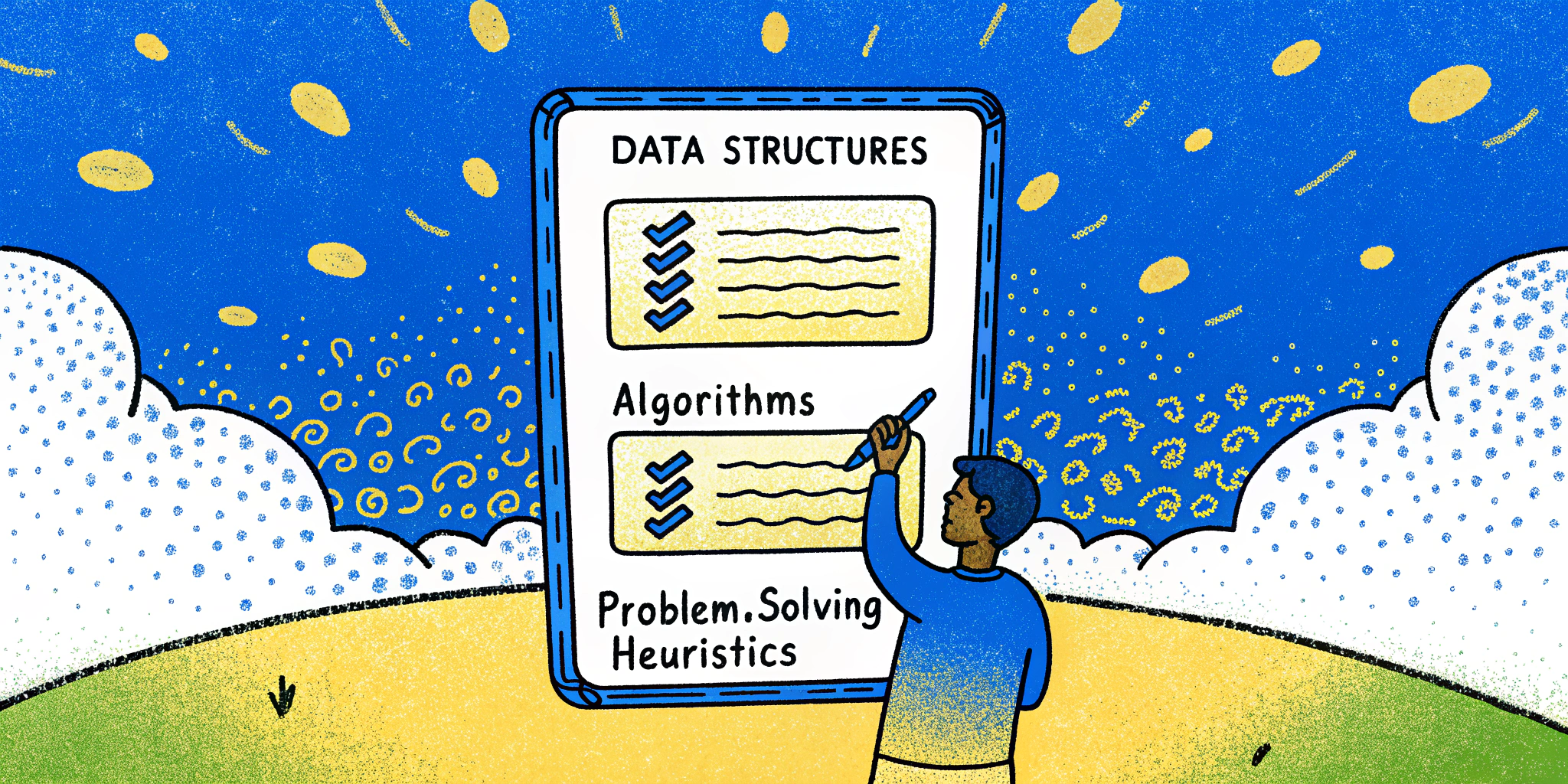If you’ve ever wondered how to navigate the infamous Amazon whiteboard coding interview, this guide is for you. My name is Erica Gomez, and as a Senior Engineering Manager at Amazon, I’ve seen countless coding interviews—many successful, some not so much. The difference often comes down to preparation and approach.
Today, I’ll walk you through everything you need to know to tackle whiteboard coding at Amazon effectively. From structured problem-solving techniques to answering behavioral questions tied to Amazon’s Leadership Principles, I’ll lay it all out for you. Let’s dive in!
💡 What Is Amazon Looking for in Whiteboard Coding Interviews?
When you face an Amazon whiteboard interview, there’s more to “coding” than meets the eye. Here’s what we’re evaluating:
- Computer Science Fundamentals: How strong are you with algorithms and data structures?
- Problem-Solving Heuristics: Can you systematically approach ambiguous problems with clarity?
- Code Quality: Do you write clean, maintainable code that’s easy to understand and modify?
Why? Because at Amazon, you’ll be solving these kinds of problems daily, collaborating across teams, and writing code that others will read and maintain.
🛠️ Step-by-Step Guide to Solving Problems on the Whiteboard
Whiteboard coding often feels daunting, but it doesn’t have to. Follow these steps to nail your interview:
1. Disambiguate the Problem (Ask Questions!)
First, don’t rush into coding. Take a moment to clarify:
- Inputs: What are the function parameters?
- Outputs: What is being returned?
- Edge Cases: Are there any tricky scenarios to handle?
- Example: Consider an empty input string or unusual symbols.
This dialogue not only helps you understand the problem better but shows the interviewer your analytical mindset.
Break the problem into manageable chunks:
- Outline Requirements: What needs to be achieved?
- Select an Approach: Iterative? Recursive?
- Think in Data Structures: What fits the problem—hash maps, arrays, or stacks?
✏️ The Run-Length Encoding Problem: A Live Walkthrough
Let’s tackle an actual coding problem you might face at Amazon: Run-Length Encoding, a classic compression technique.
Problem Statement: Convert a given string (e.g., "aaabbcc") into a compressed output like "3a2b2c".
Code Implementation in Java
Here’s how I would solve it step-by-step with Java:
public String runLengthEncoding(String input) {
// Input validation
if (input == null || input.isEmpty()) return "";
StringBuilder encodedString = new StringBuilder();
char[] chars = input.toCharArray();
char previousChar = chars[0];
int count = 1;
for (int i = 1; i < chars.length; i++) {
char currentChar = chars[i];
if (currentChar == previousChar) {
count++;
} else {
encodedString.append(count).append(previousChar);
previousChar = currentChar;
count = 1;
}
}
encodedString.append(count).append(previousChar); // Append last run
return encodedString.toString();
}Testing and Edge Cases
| Always validate your implementations with varied inputs: | Input | Expected Output | Notes |
|---|---|---|---|
"aaabbcc" |
"3a2b2c" |
Simple case | |
"abcd" |
"1a1b1c1d" |
Single occurrences | |
"" (empty) |
"" (empty) |
No characters to encode | |
"aaa" |
"3a" |
Single repeated character |
⏳ Time & Space Complexity Demystified
Understanding complexity is crucial when discussing algorithms during an interview. For Run-Length Encoding, the analysis is as follows:
Time Complexity
- Iterates through the input string once → O(n).
Space Complexity
- Stores the result in a
StringBuilderproportional to input length → O(n).
Be prepared to explain how you derived these values.
🧑🎓 Keys to Effective Whiteboard Practice
- Use a Physical Whiteboard: Practice in conditions mirroring real interviews.
- Time Yourself: Most coding problems should be solved within 20-40 minutes.
- Verbalize Your Thoughts: Pretend someone is watching you, even in practice.
- Reusable Patterns: Have templates or patterns for common algorithms like sliding windows, BFS/DFS, or two-pointer approaches.
🗣️ Additional Tips: Behavioral Questions and Leadership Principles
Amazon interviews aren’t purely technical—behavioral questions hold equal weight. These are often framed around Amazon Leadership Principles:
- Customer Obsession: How have you delivered solutions with the customer in mind?
- Bias for Action: Can you make decisions quickly without perfect information?
- Earn Trust: Share examples of collaboration and building credibility with teammates.
💡 Pro Tip: Use the STAR Method (Situation, Task, Action, Result) to structure your behavioral answers concisely.
🔧 Helpful Tools and Resources to Strengthen Your Prep
| Here are my go-to resources for whiteboard coding: | Resource | Why I Recommend It | Link |
|---|---|---|---|
| LeetCode | 1000s of coding problems with solutions | Visit LeetCode | |
| Cracking the Coding Interview | Bible for interview preparation | Buy on Amazon | |
| Ninjafy AI | Real-time interview copilot with AI-generated feedback | Ninjafy AI |
I personally tested Ninjafy AI and was blown away by its ability to simulate real interviews. Its NinjaCopilot™ gave me live, tailored feedback, and the InvisibleEyetrack™ kept me focused in mock sessions. It felt like having a personal mentor guiding me throughout the process.
🎯 Conclusion
Whiteboard coding interviews at Amazon don’t have to be intimidating. By focusing on structured problem-solving, clear communication, and well-documented code, you can showcase the skills Amazon is actively looking for.
Whether you’re practicing on platforms like LeetCode or using innovative tools like Ninjafy AI, preparation is key. Remember, practice, plan, and present.
Good luck tackling these challenges—Amazon would love to see what you can bring to the table!




